Melodic Keys: A Journey in the World of Piano
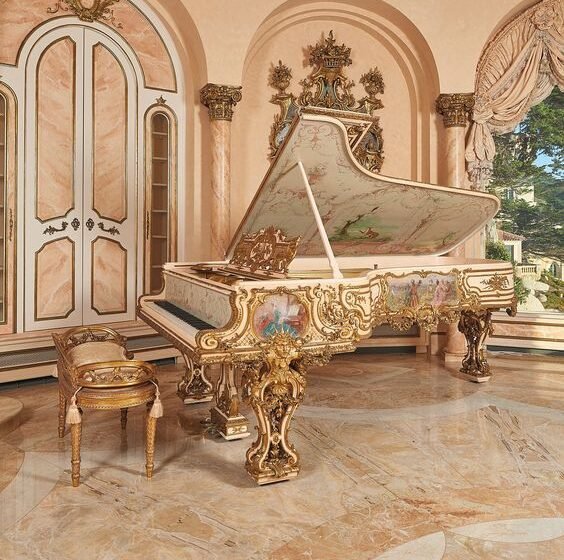
INTRODUCTION
Piano music has captivated audiences for centuries with its versatility and beauty. Whether it’s a classical sonata or a contemporary pop ballad, the sound of the piano has the power to evoke emotions and tell stories. In this blog, we’ll explore the history of the piano, its different styles and genres, and delve into the world of piano playing. From beginner tips to advanced techniques, we’ll provide insights and inspiration for anyone interested in this fantastic instrument. So join us on a journey through the world of piano music and discover why the piano remains a beloved and enduring part of our cultural heritage.
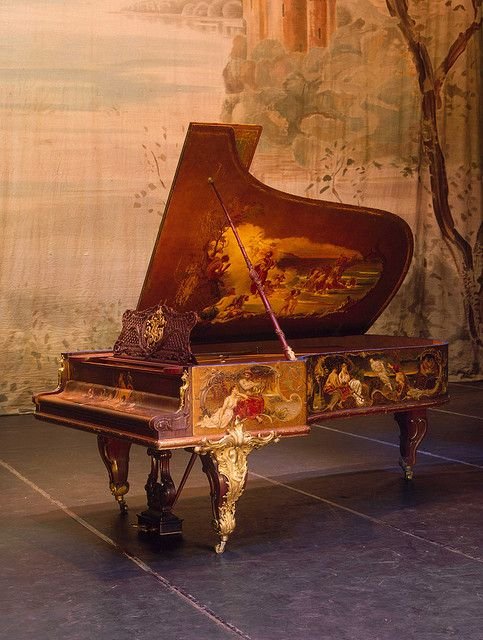
ORIGIN OF PIANO
The piano as we know it today has its roots in Renaissance Italy, where musicians and instrument makers began experimenting with stringed keyboard instruments. Over time, these early instruments evolved and improved, leading to the development of the modern piano. The first authentic pianos were built in the late 1700s by Bartolomeo Cristofori in Italy, who invented the mechanism that allowed for the dynamic control of the hammers striking the strings.
Since then, the piano has undergone numerous technological advancements and has become a staple in classical music and jazz, blues, rock, and pop. The versatility and range of the piano have made it one of the most widely used instruments in the world, and its popularity shows no signs of slowing down. Whether as a solo instrument or as an accompaniment to other instruments and voices, the piano continues to captivate and inspire musicians and audiences alike.

The piano has a rich and fascinating history, spanning over 300 years. The first pianos were built in the late 1700s by Bartolomeo Cristofori in Italy and were known as “fortepianos.” These early pianos had a limited dynamic range and only a few basic controls, but they laid the foundation for the modern piano.
In the 19th century, the piano underwent several significant improvements, including the addition of more keys and greater dynamic range, as well as the introduction of the cast iron frame, which gave the instrument greater stability and allowed for a louder sound. The growth of the middle class and the rise of romanticism also led to an increase in the popularity of the piano, and it soon became an essential part of the home.
Over the centuries, the piano has been used in a variety of musical styles and genres, from classical to blues, jazz, rock, and pop. It has also been a popular choice for composers, from Mozart and Beethoven to Chopin, Brahms, and Debussy, and continues to be used by contemporary musicians and composers today.

The history of the piano is a testament to the instrument’s versatility and enduring appeal. From its humble beginnings to its status as one of the most beloved and versatile instruments in the world, the piano continues to inspire and captivate musicians and audiences alike.
HOW PIANO IS MADE
The modern piano is a complex and intricate instrument made up of many parts and components, including the soundboard, strings, hammers, keys, and pedals. Here’s a brief overview of how a piano is made:
Soundboard: The soundboard is the large wooden panel at the bottom of the piano that amplifies the sound. It’s made from solid spruce and must be carefully selected and crafted to ensure the best possible sound quality.
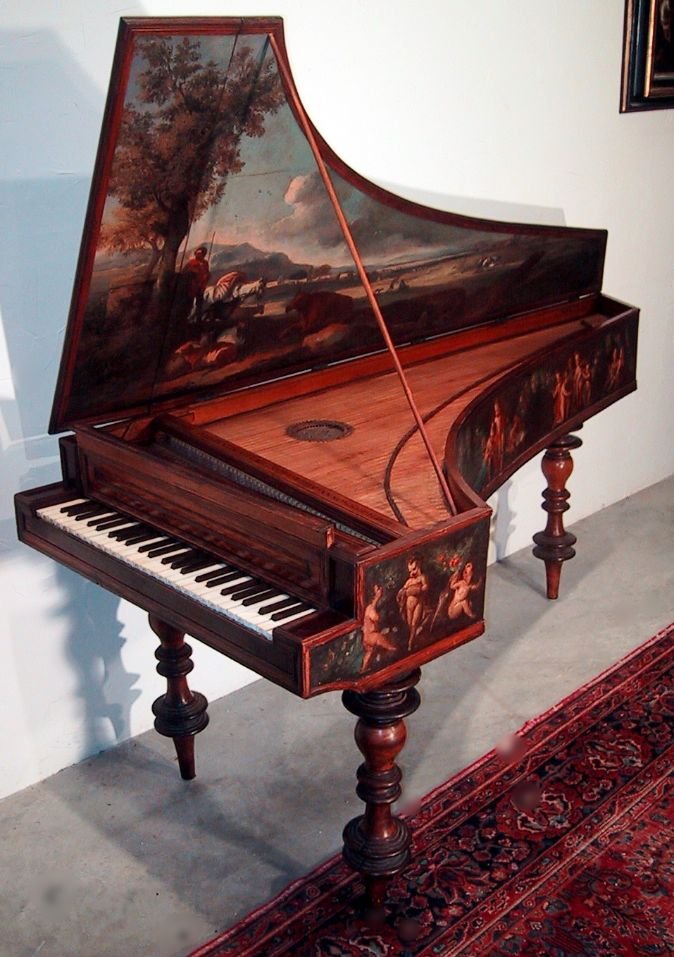
Strings: The strings are typically made of high-tension steel and range in length from 1.8 meters to just over 3 meters. They are struck by the hammers to produce sound.
Hammers: The hammers are small pieces of felt that are attached to wooden mouldings and are responsible for striking the strings to produce sound.Keys: The keys are typically made of ivory or synthetic material and are responsible for triggering the hammers to strike the strings.
Pedals: The pedals are located at the base of the piano and are used to control the sustain, tone, and volume of the sound
Once all of the parts and components have been created, they are carefully assembled by skilled craftsmen to create the finished piano. This process typically takes several months and requires a high level of precision and attention to detail to ensure the best possible sound quality. Overall, the making of a piano is a complex and time-consuming process, but the result is a beautiful and intricate instrument that can produce a rich and diverse range of sounds.

SEVERAL TYPES OF PIANO
There are several types of pianos, each with its own unique characteristics and uses. Some of the most common types of pianos include
- Grand Piano: A grand piano is the classic piano shape and is characterized by its long shape and open design. It has a full, rich sound and is often used for classical and jazz performances.
- Upright Piano: An upright piano is characterized by its vertical design and smaller size. It’s a popular choice for homes and schools due to its compact size and affordability.
- Digital Piano: A digital piano is an digital instrument that replicates the sound and feel of an acoustic piano. They often have additional features such as the ability to adjust the sound, play along with pre-recorded tracks, and connect to a computer.
- Baby Grand Piano: A baby grand piano is a smaller version of a grand piano, often measuring around 5 feet in length. It’s a popular choice for homes and smaller performance spaces.
- Portable Grand Piano: A portable grand piano is a digital piano designed for use in a variety of settings, including on-stage performances, recording studios, and homes.
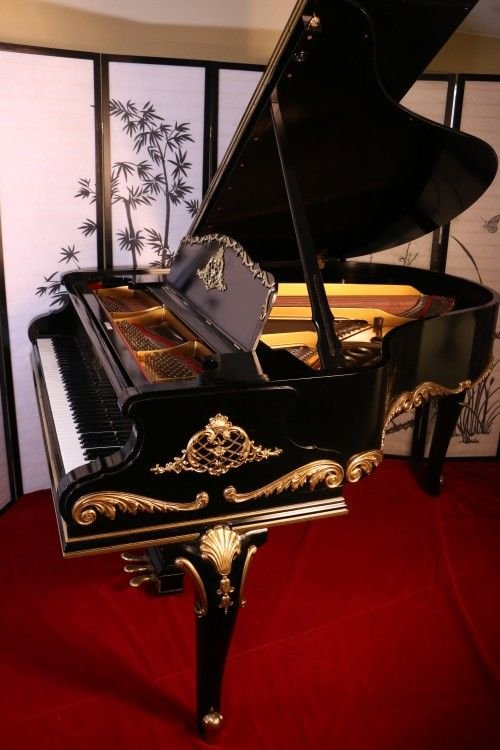
- Electric Piano: An electric piano uses electronic sensors to generate sound and often has a range of additional features, such as the ability to connect to a computer or play along with pre-recorded tracks.
Each type of piano has its own unique advantages and disadvantages, and the best choice will depend on the individual’s needs and preferences. Whether you’re a beginner or a seasoned professional, there’s a type of piano that’s right for you.
FEATURES OF PIANO
The features of a piano can vary depending on the type of piano, but some of the most common features include:
- Keyboard: The keyboard is the most basic feature of a piano and is made up of the black and white keys. Some pianos have weighted keys, which give a more realistic feel when playing.
- Sound: The sound of a piano is determined by the type and quality of the strings, hammers, and soundboard. Some pianos, such as digital pianos, also offer the ability to adjust the sound or choose from different piano sounds.
- Pedals: Most pianos have at least one pedal, typically a sustain pedal, which allows the pianist to hold the sound for a longer period. Some pianos also have other pedals, such as a soft pedal or a sostenuto pedal.
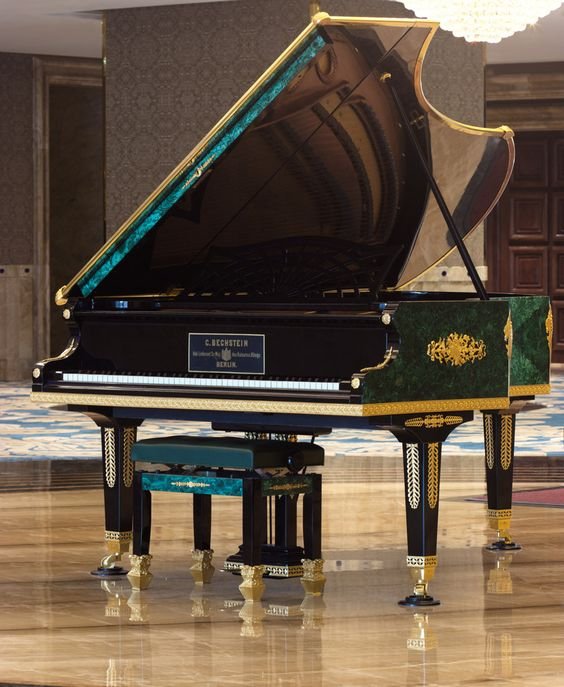
- Polyphony: Polyphony refers to the number of notes a piano can produce at the same time. A higher polyphony allows for more complex and layered playing.
- Recording and Playback: Some pianos, such as digital pianos, offer the ability to record and playback performances. This can be a useful tool for practising and improving your playing.
- Connectivity: Many modern pianos, including digital and portable grand pianos, offer the ability to connect to a computer or other devices, allowing for greater versatility and expanded capabilities.
- Touch Sensitivity: Touch sensitivity refers to the ability of a piano to respond to the dynamics of your playing, such as how hard or soft you play. This can greatly enhance the playing experience and give a more realistic feel.
The specific features of a piano can greatly impact the playing experience and the versatility of the instrument. It’s important to consider the features you need when choosing a piano.

FAMOUS MUSICIAN OF PIANO
There has been many famous musicians throughout history who have made a significant impact on the world of music with their piano playing. Some of the most renowned pianists include:
- Ludwig van Beethoven: Beethoven was a German composer and pianist who is widely regarded as one of the greatest composers of all time. He was a prolific composer and wrote many works for the piano, including his famous sonatas and piano concertos.
- Frédéric Chopin: Chopin was a Polish composer and pianist who was known for his highly expressive and romantic playing style. He wrote many works for the piano, including his famous nocturnes and mazurkas.

- Wolfgang Amadeus Mozart: Mozart was an Austrian composer and pianist who was a prolific composer and wrote many works for the piano, including his famous sonatas, concertos, and operas.
- Art Tatum: Art Tatum was an American jazz pianist who was known for his virtuosic playing style and innovative approach to jazz piano. He was a highly influential figure in the development of jazz piano and is widely considered one of the greatest jazz pianists of all time.
- Clara Schumann: Clara Schumann was a German composer and pianist who was one of the most famous pianists of the 19th century. She was a highly regarded performer and composer, and her works for the piano are still performed today.
These are just a few of the many famous pianists who have made a significant impact on the world of music with their piano playing. The piano is a timeless instrument that has been played by countless talented musicians throughout history, and continues to be an important part of the musical landscape today.
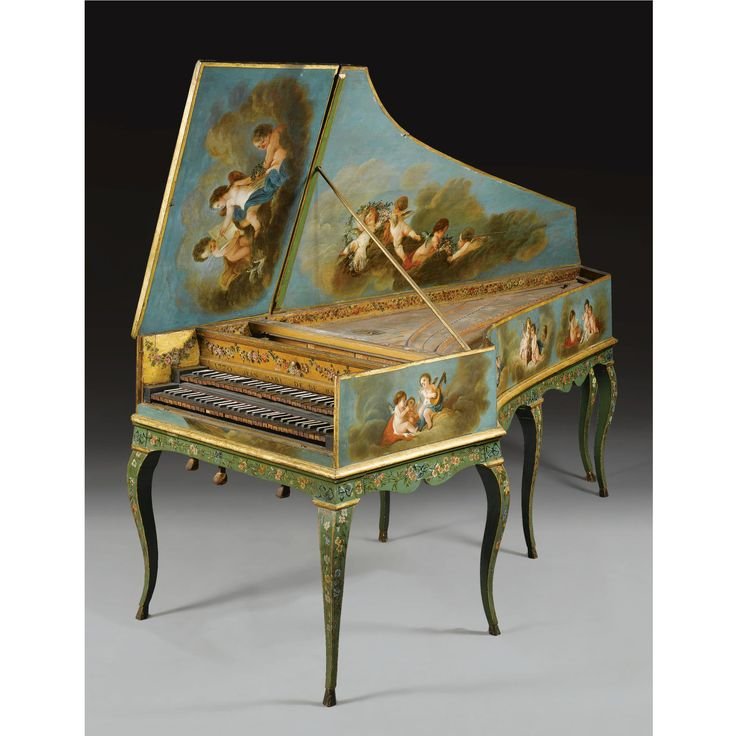
CURRENT SCENARIO
The current scenario of the piano industry is complex and dynamic, with several trends and changes affecting the market. Some of the key trends and developments in the piano industry include:
Increased Demand for Digital Pianos: Digital pianos have become increasingly popular in recent years due to their affordability, versatility, and convenience. They are also a popular choice for home use, as they are smaller and lighter than traditional acoustic pianos.
Expansion of Online Sales: The rise of online sales has had a significant impact on the piano industry, allowing for greater accessibility and affordability for consumers. Online retailers often offer a wider range of options and competitive pricing, making it easier for consumers to find the right piano for their needs.
Focus on Sustainability: Many piano manufacturers are focusing on sustainability and environmental responsibility, with an emphasis on using renewable materials and reducing waste. This trend is driven by consumer demand for eco-friendly products, as well as a desire to protect the environment.
Advancements in Technology: The development of new technology is playing a key role in the current scenario of the piano industry. Digital pianos are incorporating new features, such as virtual teachers and AI-powered practice sessions, to enhance the playing experience.
Overall, the current scenario of the piano industry is marked by change and innovation, with new developments and trends shaping the market and driving the future of the industry. Despite these changes, the piano remains a beloved and timeless instrument that continues to be enjoyed by musicians and audiences alike.

CONCLUSION
In conclusion, the piano is a versatile and enduring musical instrument that has been a staple of classical and popular music for centuries. From its humble origins in the early 1700s to its current status as a beloved and popular instrument, the piano has played a major role in the evolution of music. Today, the piano industry continues to evolve, with digital and portable pianos becoming increasingly popular, and new technology and online sales transforming the way that pianos are sold and played. Despite these changes, the piano remains a beloved instrument that continues to capture the hearts and minds of musicians and music lovers around the world. Whether you’re a beginner or a seasoned professional, the piano is a wonderful instrument that offers endless possibilities for musical expression and enjoyment.



